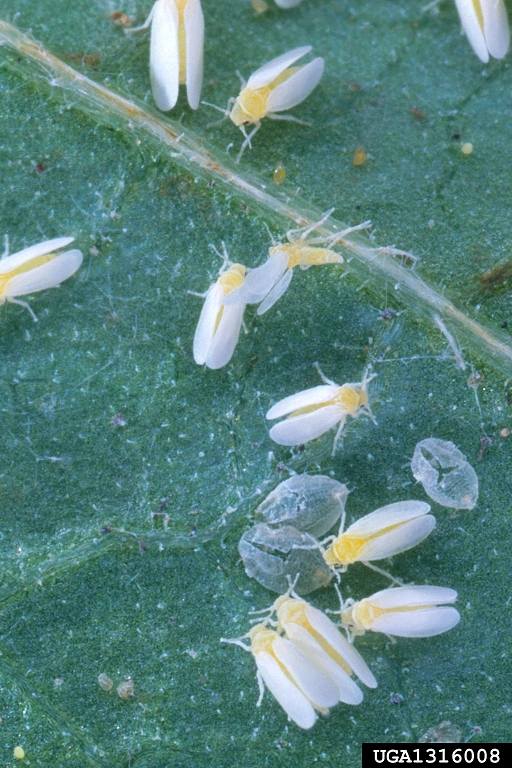By Clint Thompson
Whitefly populations are not at abnormally high levels, but they are high according to one expert. Stormy Sparks, University of Georgia (UGA) Extension vegetable entomologist, talked about the insect and what it might take to decrease the current populations.

“They’re pretty high. We’re hoping as it cools off, it’s going to stretch out the life cycle and we’re getting late enough in the year, they should start dropping off. They’re really high populations right now,” Sparks said. “They love the hot and dry weather.”
Whiteflies migrate from winter vegetables to spring vegetables to agronomic crops, like cotton, to fall vegetables and back to winter vegetables. The buildup of whiteflies is concerning since they can cause feeding injury issues in vegetables and transmit multiple viruses, like cucurbit leaf crumple virus, cucurbit yellow stunting disorder virus, cucurbit chlorotic yellow virus, squash vein yellowing virus and tomato yellow leaf curl virus.
Vegetables like squash, zucchini, cucumber, cantaloupe and snap beans are highly susceptible to these viruses. Southeast specialty crop farmers grow cole crops, like broccoli, kale and cabbage, from September through May.
“Particularly the cucurbits right now. Then there’s tomatoes out there, eggplants, but the ones that they really love are the cucurbits; cucurbits, squash. They will be going to collards, some of the greens. They really have a really wide high host range, but they love the cucurbits,” said Sparks, who believes the cooler temperatures should impact the current populations.
“(The cold) doesn’t eliminate populations by any means, but it keeps them from building so rapidly. Your control appears a lot better, because you knock them back and they don’t bounce back in two days,” Sparks said.









